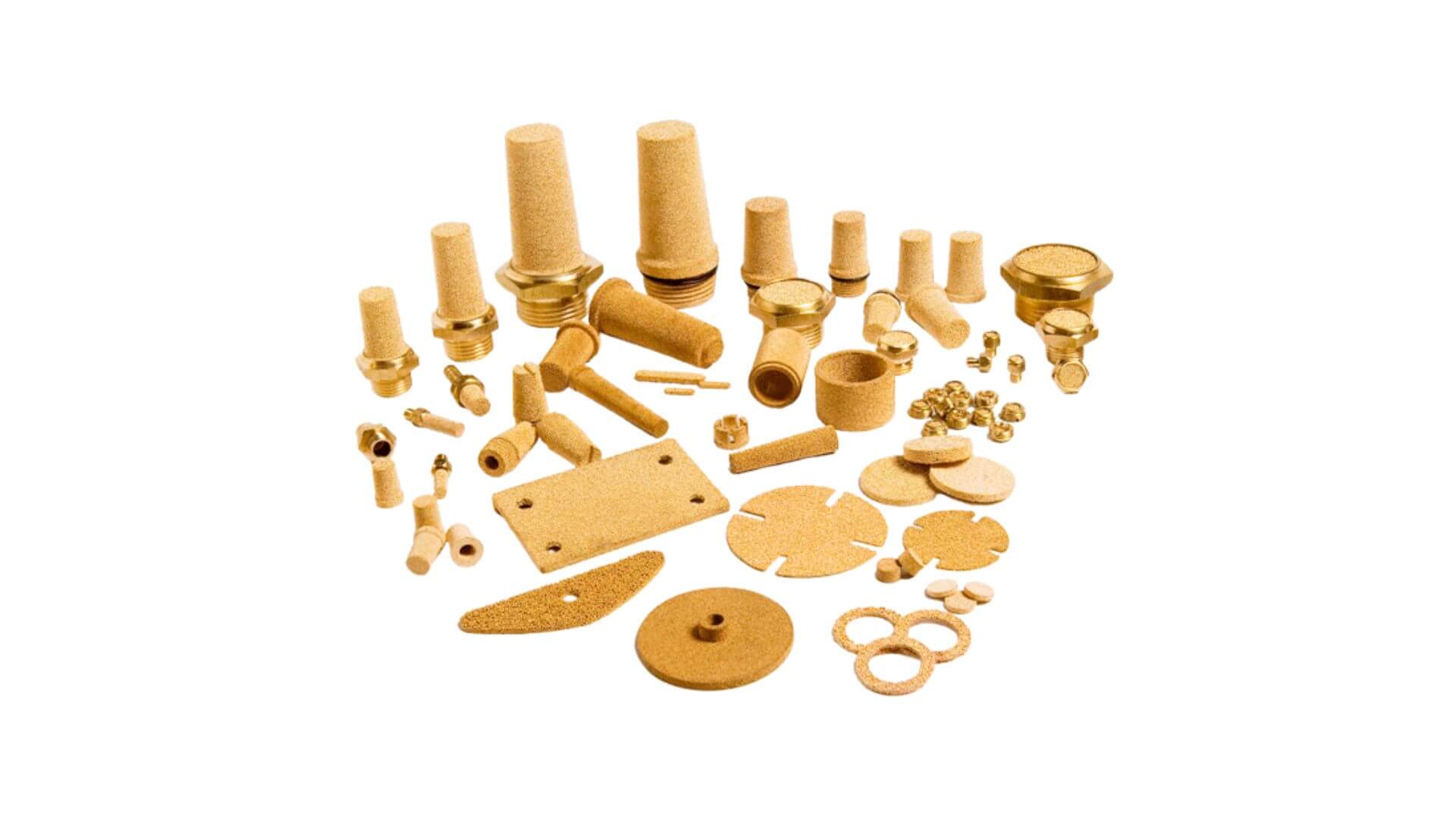Sintered bronze filters are widely recognized for their durability, efficiency, and versatility in a range of applications, including industrial machinery, pneumatic systems, and fluid filtration. However, like any filtration component, proper maintenance is key to ensuring their longevity and consistent performance. This article provides practical tips to help you maximize the life of your sintered bronze filters.
1. Understand the Operating Environment
Before implementing a maintenance plan, it’s essential to consider the environment in which the filter operates. High-temperature, high-pressure, or contaminated environments may require more frequent maintenance to prevent premature wear. Knowing the specific conditions can help you tailor a suitable cleaning and replacement schedule.
2. Perform Regular Inspections
Periodic inspection is crucial for identifying early signs of clogging, wear, or damage. Look for issues such as:
A. Reduced airflow or liquid flow.
B. Visible debris or discoloration on the filter surface.
C. Signs of cracking or material degradation.
Early detection of issues can prevent costly downtime and extend the filter’s service life.
3. Clean Filters Properly
Cleaning sintered bronze filters is essential to maintain their porous structure and filtration efficiency. Follow these steps for effective cleaning:
Soaking: Submerge the filter in a suitable cleaning solution, such as a mild detergent or an industrial solvent, to dissolve trapped debris.
Backflushing: Use pressurized air or liquid to flush contaminants out of the filter pores in the opposite direction of normal flow.
Drying: Allow the filter to air dry completely before reinstalling it. Avoid using excessive heat, which can damage the material.
Repeat this process regularly based on the filter's application and contamination levels.
4. Use Compatible Fluids and Materials
Ensure that the fluids, gases, or materials passing through the filter are compatible with sintered bronze. Corrosive chemicals or abrasive particles can degrade the filter’s structure over time. Consult the manufacturer’s guidelines to verify compatibility.
5. Replace When Necessary
Even with proper maintenance, sintered bronze filters have a finite lifespan. Replace the filter when:
1. Cleaning no longer restores full functionality.
2. The filter exhibits cracks, warping, or severe discoloration.
3. Pressure drop across the filter becomes excessively high.
Timely replacement ensures the safety and efficiency of your equipment.
6. Store Filters Correctly
When not in use, store sintered bronze filters in a clean, dry environment to prevent contamination or moisture absorption. Use protective packaging to avoid accidental damage.
7. Follow Manufacturer Guidelines
Always adhere to the maintenance recommendations provided by the filter manufacturer. These guidelines are tailored to the specific design and material properties of your sintered bronze filter, ensuring optimal care and performance.
Benefits of Proper Maintenance
By following these maintenance tips, you can enjoy the following benefits:
Extended Service Life: Proper care reduces wear and delays the need for replacements.
Improved Efficiency: A clean filter ensures consistent flow rates and better filtration performance.
Cost Savings: Regular maintenance prevents costly downtime and reduces the need for frequent replacements.
Conclusion
Sintered bronze filters are a reliable choice for a wide range of applications, but their effectiveness and longevity depend on proper maintenance. Regular cleaning, timely inspections, and adherence to manufacturer guidelines are critical to maximizing their life. By investing time in routine care, you ensure that your filters remain efficient, cost-effective, and durable for years to come.





